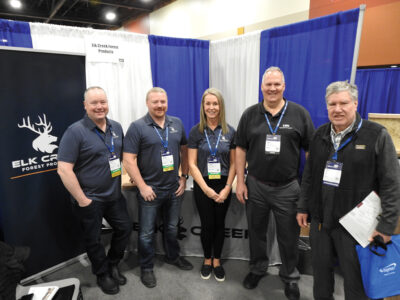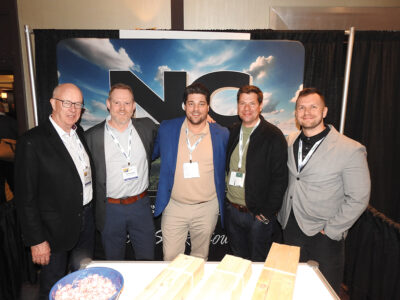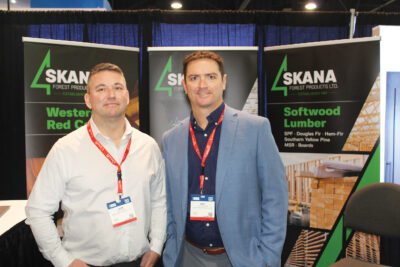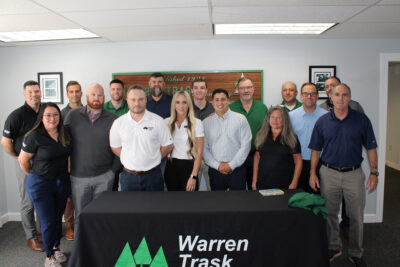Within the last year, the American Wood Council (AWC) has really ramped up our efforts on an issue of critical importance to our industry – in fact our entire supply chain – and that is climate change, and in particular carbon emissions in the built environment.
The focus of climate policy, standards development and regulation in construction has traditionally been focused on energy efficiency. We are now seeing a shift to also take into consideration the carbon footprint of the building materials chosen for a particular project. These initiatives are looking at the overall “embodied carbon,” or the amount of carbon expended in extraction, transportation, manufacture, use, and at end-of-life of the building material itself.
Through “Buy Clean Policies,” which are predominantly occurring at the state level now but are also actively under consideration at the Federal level, policymakers are exploring how to reduce the overall embodied carbon of government buildings. These policies may eventually evolve into regulations that will drive building material choices, impacting every major construction market. Moreover, the methodologies used will likely prove influential in shaping market preferences and voluntary standards.
Fortunately, wood products have very low embodied carbon compared to competing materials, which should put them at the front of the line for government Buy Clean programs. We are concerned, however, that initial Buy Clean legislation and regulations are moving forward without complete data or solid carbon accounting methodology, creating an uneven playing field that could disadvantage wood products and those that use them in construction.
For example, many of these proposed Buy Clean policies rely entirely on Environmental Product Declarations (EPDs), which only permit siloed comparisons of embodied carbon within product groups (e.g., concrete vs. concrete) but cannot be used to compare across materials (e.g., wood vs. concrete or steel). The end result of relying only on EPDs can be compared to rewarding a student from moving from a D- to a C-, while the A student is never considered or recognized. Whole Building Lifecycle Assessments (WBLCA), conversely, are tools that do compare across materials, and when supported by good data and methodology, can be relied upon to drive changes in behavior and achieve meaningful carbon emissions reductions. WBLCA must be the methodology of choice for Buy Clean programs so that the A and not the C- building materials are properly preferred.
Another shortcoming of these initial Buy Clean policies is that they are not crediting stored carbon in wood products. Thanks to photosynthesis and the capture of carbon dioxide in our forests, wood products are 50 percent carbon by weight, and that carbon gets stored for the life of the building made with wood. At the same time sustainably managed, working forests get replanted and capture more carbon. No other competing material can tell such a remarkable carbon story, and yet there is a risk that these accounting systems are failing to capture this incredible stored carbon benefit.
There is no question that working forests and wood products must be a major part of the strategy to reduce carbon emissions in the built environment in this country. We just need to make sure the rules of the game in carbon accounting are set to a level playing field so that wood’s carbon benefits are properly taken into consideration. AWC is actively working with both market leaders and federal and state governments to discuss proper accounting methods for wood products to ensure our industry and all those that build with wood get the credit they deserve.









